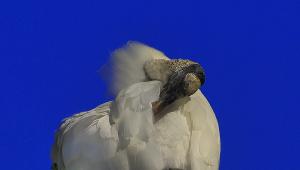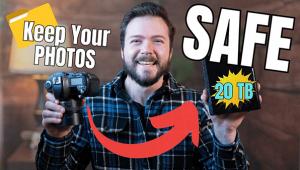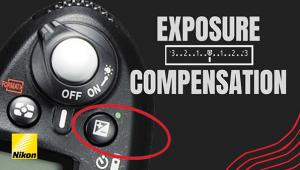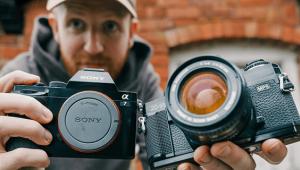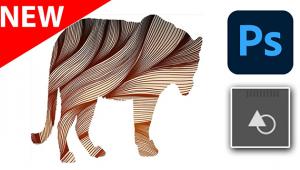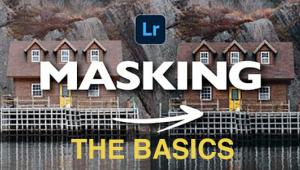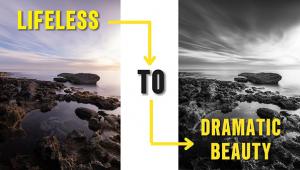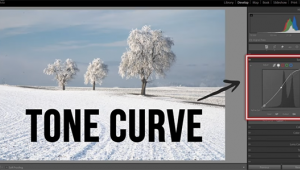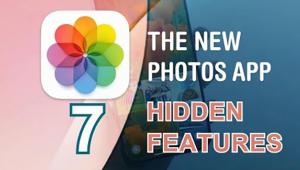Digital Storage Solutions On The Road; Options Galore For The Traveling Photographer Page 2
· Screen display. Did the display produce images with rich color and good contrast? Was text easy to read? Epson came out on top here, followed closely by JOBO. Can you rely on the histogram? While all devices with a color LCD displayed a histogram, the most expensive units--Epson and JOBO--did noticeably better than the others in this category. The Epson was clearly the winner, most closely matching the histogram on the camera's LCD. When it came to viewing images on my flat-screen TV, the Wolverine and Digital Foci simply required a standard video cable, although the TV image was nothing to write home about. The Epson and JOBO failed to display on the TV, even though the latter came with the requisite A/V cable (the Epson is sparse on accessories).
· USB charging. All these devices support USB 2.0. That said, does the device charge up after being connected to the USB port on the computer? If so, that means you can leave it connected to the computer to recharge, but only when the portable drive is powered down--which is true for the Wolverine and Digital Foci. If not, bring out the charger, which you'll need for the Epson and JOBO. The Sanho cleverly switches on when a memory card is inserted and turns off when the card is removed, and charges via USB when switched off. They should all work that way. Better yet, they should all be USB-powered to begin with. They're not.
· Size and weight. The heft and bulk of a device adds to or detracts from its portability: if you put one in a jacket pocket, you'll know it's there. Unfortunately, none of these units is truly palm-size. But given screen size and hard drive capacity, it would be difficult to produce something the size of a cell phone at popular prices, at least for the next year or two, or three.
· Price. You pay for compact size. But when it comes to digital viewers, cost apparently equates more directly to larger than to smaller size, so that the heftier units--the Epson and JOBO--come at a heftier price. And, as you'll see, they're well worth it.
 |
|
|
Conclusions
You couldn't go wrong with any of these devices. Each one can easily be
used as an external drive when connected to the USB 2.0 port on a laptop or
desktop computer. I am always using one to transfer files between computers.
So, will your choice revolve around price plus bells and whistles? If yes, that
would easily point you toward the economical Wolverine or the slightly more
expensive Digital Foci multimedia devices. If viewing on the camera's
LCD is adequate and you only need the drive for card downloads (regardless of
type), then the Sanho drive is for you. Want a large, crisp screen on which
to view your images downloaded primarily from CompactFlash or Microdrive? Then
the JOBO unit is your choice. But if you really want to go the distance for
the ultimate storage and viewing tool (and a card reader/writer to boot), then
you'll have to ante up the bucks (though not more expensive than its nearest
competitor) and go with the Epson P-5000, or its lower-capacity twin, the P-3000.
The Epson device can't be beat for color, contrast, and clarity.
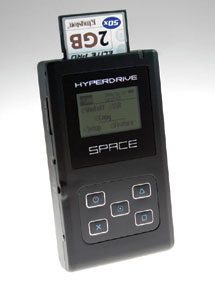 |
|
|
Two Words Of Caution
Formatting. Never format these portable devices from your computer. That will
wipe out all original folders (never rename these from your computer as well)
that the device may need when storing data along with system files. Only use
the format procedure provided on the device itself, unless otherwise instructed.
Card insertion. Always insert the card straight into the device.
Even if there appears to be some resistance, don't angle it in an attempt
to secure a better grip on the internal pins (as you might do when installing
boards or chips in a computer), since that will bend and damage the pins, making
the slot unusable.
- Log in or register to post comments

